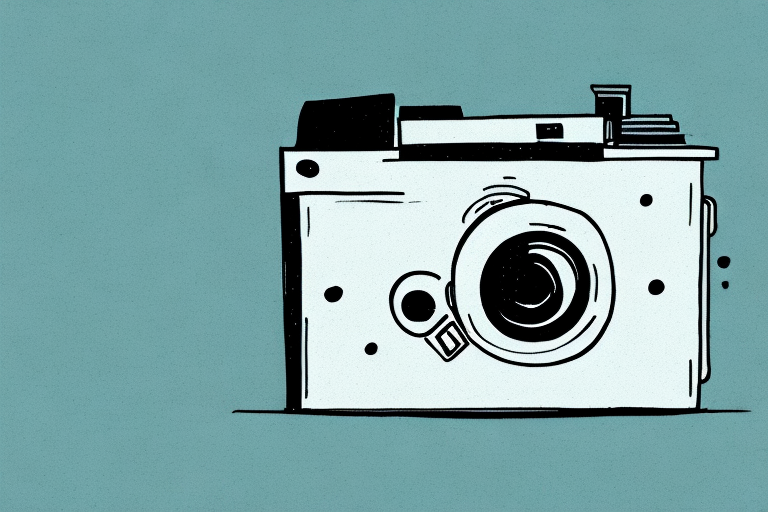In today’s digital age, capturing high-quality videos in low light conditions has become increasingly important. Whether you’re a professional videographer, an aspiring filmmaker, or simply a passionate content creator, having a camera that excels in low light settings is essential. With numerous options available on the market, finding the best camera for low light video can be a daunting task. This article aims to simplify your decision-making process by exploring the various factors to consider and highlighting the top features you should look for when choosing a camera for low light video recording.
Understanding the Importance of Low Light Video Recording
Low light video recording refers to capturing videos in environments with limited available light, such as indoors, at dusk, or in dimly lit spaces. It poses a unique set of challenges as the lack of adequate lighting can result in grainy footage, loss of detail, and overall poor image quality. To overcome these challenges and ensure the best possible outcome, it is crucial to invest in a camera that excels in low light conditions.
One important factor to consider when choosing a camera for low light video recording is the sensor size. Cameras with larger sensors tend to perform better in low light situations as they can capture more light and produce less noise. This is because larger sensors have larger individual pixels, allowing them to gather more light information.
In addition to sensor size, the lens aperture also plays a significant role in low light video recording. A wider aperture, indicated by a lower f-number, allows more light to enter the camera, resulting in brighter and clearer footage. It is advisable to look for a camera with a lens that has a wide maximum aperture, such as f/1.8 or lower, for optimal low light performance.
Factors to Consider When Choosing a Camera for Low Light Video
When selecting a camera specifically for low light video recording, several factors should be taken into account. One of the most significant factors is the camera’s ISO performance. ISO determines the camera’s sensitivity to light; therefore, a camera with excellent high ISO capabilities will produce cleaner and more detailed footage in low light situations. In addition to ISO, other factors such as aperture size, sensor size, noise reduction technologies, and autofocus capabilities also play a vital role in capturing clear and vibrant videos in dimly lit environments.
Aperture size refers to the opening of the camera’s lens, which controls the amount of light that enters the camera. A wider aperture allows more light to reach the sensor, resulting in brighter footage in low light conditions. Cameras with larger maximum aperture sizes, such as f/1.8 or f/1.4, are generally better suited for low light video recording.
Sensor size is another crucial factor to consider when choosing a camera for low light video. Larger sensors have larger individual pixels, which can capture more light and produce less noise in low light situations. Full-frame cameras, with their larger sensors, are often preferred for low light video recording due to their superior performance in challenging lighting conditions.
Top Features to Look for in Cameras for Low Light Video
1. ISO Performance: Look for cameras with high ISO capabilities, as this allows you to shoot in low light conditions without sacrificing image quality.2. Aperture Size: A wide aperture lens allows more light to enter the camera, resulting in brighter and better-exposed videos.3. Sensor Size: Larger sensors are more effective at capturing light, resulting in improved low light performance.4. Noise Reduction Technologies: Cameras equipped with advanced noise reduction technologies can significantly reduce grain and noise in low light footage.5. Autofocus Capabilities: Look for cameras with fast and accurate autofocus systems, particularly in low light situations, to ensure your subject remains sharp and in focus.
6. Image Stabilization: When shooting in low light, camera shake can be more noticeable. Look for cameras with built-in image stabilization, either optical or electronic, to help reduce blur and ensure steady footage.
Exploring Different Camera Types Suitable for Low Light Video Shooting
There are various camera types available that cater to low light video shooting. Let’s take a closer look at a few popular options:
DSLR Cameras: DSLR cameras are known for their versatility and excellent image quality. They offer interchangeable lenses, allowing you to choose lenses specifically designed for low light situations. Additionally, DSLRs often feature larger sensors, which enhance their low light performance.
Mirrorless Cameras: Mirrorless cameras combine the best of DSLRs and compact cameras. They offer the advantage of interchangeable lenses and compact size, making them ideal for on-the-go shooting in low light conditions. Their electronic viewfinders provide a real-time preview of the shot, which can be advantageous in challenging lighting situations.
Compact and Point-and-Shoot Cameras: Don’t underestimate the capabilities of compact and point-and-shoot cameras for low light video shooting. Many modern compact cameras now feature larger sensors, wider apertures, and advanced image stabilization technologies, all of which contribute to better low light performance. These cameras are not only portable but often budget-friendly as well.
Stay tuned for the next installment..
Professional Cinema Cameras: For those who require the highest level of image quality and control, professional cinema cameras are the go-to choice for low light video shooting. These cameras are designed specifically for filmmaking and offer features such as high dynamic range, wide color gamut, and advanced noise reduction algorithms. They often have larger sensors and can handle low light situations with ease.
Action Cameras: Action cameras are compact, rugged, and perfect for capturing low light video in extreme conditions. While they may not have the same level of image quality as other camera types, they excel in their ability to capture fast-paced action in challenging lighting situations. Many action cameras also offer built-in image stabilization, which helps to reduce camera shake in low light scenarios.
Stay tuned for more camera recommendations and tips for low light video shooting!









